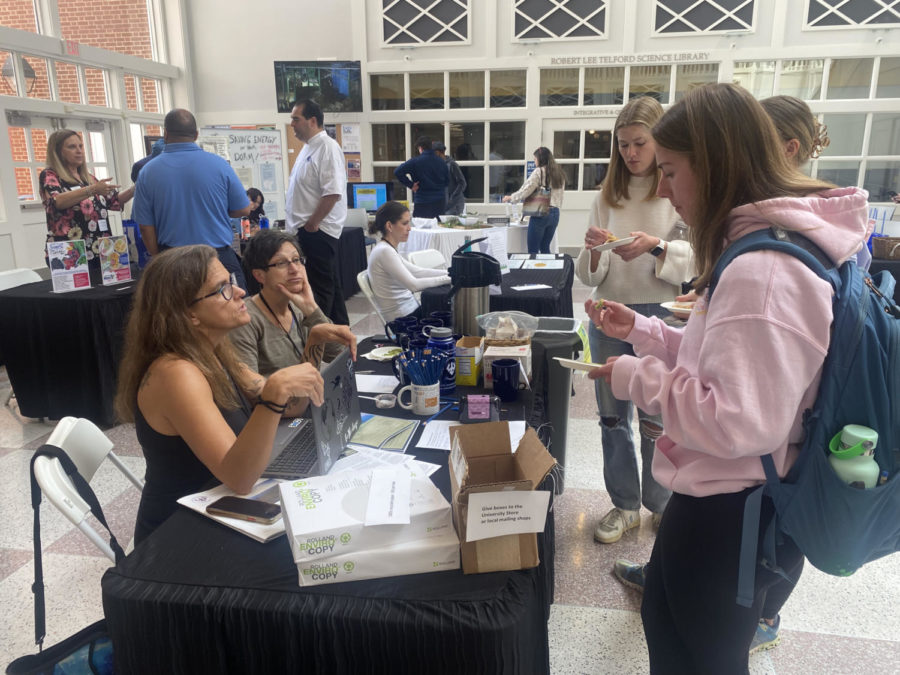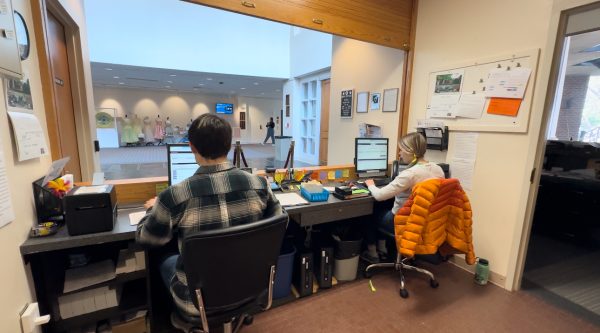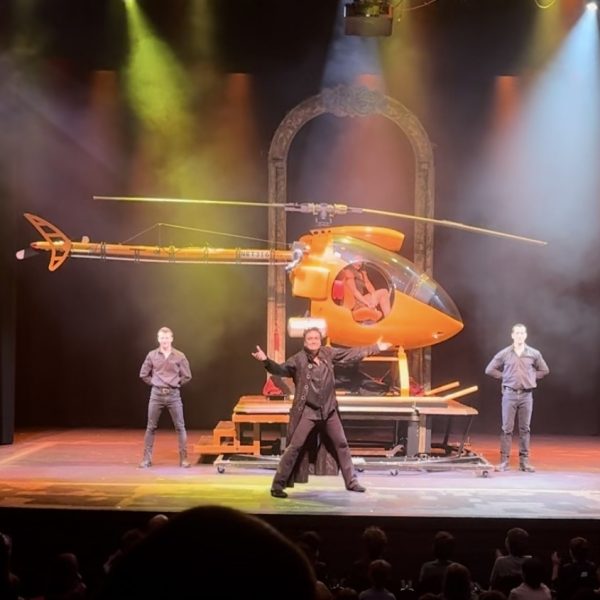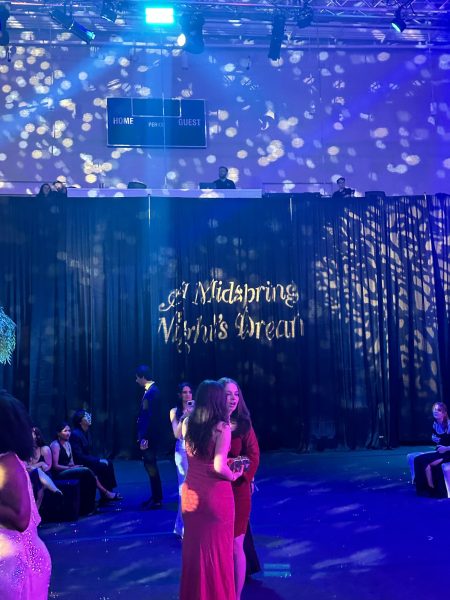SEAL celebrates sustainability with inaugural campus-wide garage sale
W&L’s sustainability office partnered with student groups to showcase the university’s environmental efforts
Students learn about environmentally-friendly policies at the inaugural Sustainability Sampler. Photo by Catherine McKean, ‘24
May 8, 2023
On May 10, Washington and Lee University’s first ever faculty, staff and student campus garage sale will take place on Cannan Green. The sale is hosted by the Student Environmental Action League (SEAL), and highlights many of the club’s sustainability goals for the current school year, which include the reduction of waste and consumption and encouraging W&L’s economy to be more circular.
The event also promotes student involvement in environmentally-friendly practices, a goal of the partnership between SEAL and W&L’s Office of Sustainability and Energy Education (OSEE).
Members of the W&L community were invited to reserve a table for the garage sale for a fee of $5, the proceeds of which will go to Boxerwood Nature Center’s educational programs. As of May 3, 71 tables had been reserved, with many tables stating that they would have multiple participants selling.
All profits made from selling items, which range from clothes to school supplies to furniture, will stay with the sellers. The event will also allow students to easily donate unsold items to local organizations, like Habitat for Humanity and Project Horizon.
The sale will also include a free taco truck that visitors are welcome to enjoy, one of the many ways that SEAL hopes to attract student interest in the event so that more items are given a second life.
Jensen Rocha, ‘23, a general member of SEAL, pitched the idea of a campus-wide garage sale to SEAL after seeing how many items were being thrown out at the end of the school year as students moved out.
“Items that were perfectly usable were thrown into the massive dumpsters or just left outside of apartment buildings,” she said. “I wanted a way to help make these items available to people who could use them, and a garage sale seemed like the perfect way to incentivize students to bring their items to a specific place instead of throwing them out.”
Rocha says that W&L students should be aware that their actions extend beyond the university campus. She believes that being prepared for responsible leadership and engaged citizenship means considering campus consumption and its impact on the environment.
“Moving towards a more circular economy means reducing preventable waste, extending the lifetime of materials and providing more financially accessible items to members of our community,” she said.
SEAL co-presidents Alicia Nguyen, ‘23, and Allie Stankewich, ‘23, want students to know that they are always welcome to pitch ideas about sustainable and environmentally-friendly efforts to the organization.
“Anyone is welcome to make a suggestion. If you have an idea, let us know and SEAL will get involved and make it possible,” said Nguyen.
During Earth Month, which happens every April, SEAL was able to collaborate with other student organizations and departments of the school administration to celebrate sustainable practices and bring awareness to ongoing energy-friendly efforts.
On April 2, SEAL partnered with the Pan-Asian Association for Cultural Exchange (PAACE) to host the school’s second Taste of Lexington. This event, which brought in catered foods from local businesses and restaurants that source ingredients sustainably, kicked off Earth Month programming on campus.

Students were able to enjoy free food from Globowl Café, Sushi Matsumoto, Heliotrope Brewery and Pure Eats while learning about sustainable business practices and enjoying eco-art made by other students.
The first Taste of Lexington was in 2018, so students in SEAL and PAACE needed to reach out to the local restaurants to re-establish connections after a years-long hiatus.
“We planned all of this in the fall,” said Nguyen. “We told the businesses about our goals and purposes for the event, and a lot of them got back to us right away and were really open about participating and sharing their business models.”
On April 26, SEAL tabled at W&L’s inaugural Sustainability Sampler, which was organized by OSEE to showcase the many ways in which students and faculty can engage with campus sustainability.
University Facilities and Dining were present, as well as the University Store, several academic departments including Environmental Studies, Earth & Environmental Geoscience, Accounting and Finance, and other campus groups with an interest in going carbon neutral.
One group that was present, the Campus Kitchen and Garden, supplied the fresh herbs and other ingredients used by dining services to make the free strawberry mousse and hummus that were served at the sampler.
Campus Garden, directed by Nicole Poutin, is rolling out a new student initiative that allows student organizations, especially cultural groups and theme houses, to claim plots of land within the garden to plant seeds specific to their cultures.
The students of the Native American Student Organization (NASO) were the first to take advantage of the new program and hosted a Plotting Day at the garden where they planted native corn, tomatoes, peppers and more using seeds donated by the nearby Monacan community.
SEAL is in the process of planning a gardening class with Poutin aimed at expanding the work done in the space. They also have hosted seed exchanges in the past, and plan on continuing to do that as the campus garden grows.
Jane Stewart, the director of OSEE, considers the Campus Garden to be “one of W&L’s many treasures,” and hopes that it will continue to be utilized on a larger scale in upcoming years.
“The half-acre garden produces over 1500 pounds of local produce grown with organic practices every year,” she explained. “This produce supplies campus dining, the student food pantry and Campus Kitchen. Right now it’s maintained by a very small group of students, but we’re hoping that with more involvement, our efforts and impact will grow.”
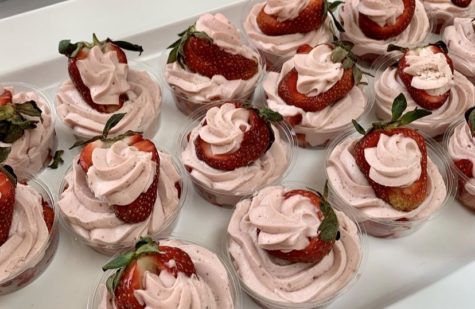
OSEE and SEAL are also partnered in ways that directly affect university policy, especially through the University Action on Climate Change (UAC) organization that Nguyen refers to as an “environmental think tank.”
UAC is focused on researching and presenting the sustainable policies that other schools similar to W&L have adopted in recent years and their effects on the campuses that they are applied to. They create drafts on policy changes that the W&L administration has the power to make, and serve as liaisons between the administration and student body.
This year, their main goal has been the electrification of the campus’ transport fleet, which includes the university’s lawnmowers, buses and other school-operated vehicles.
Student consulting groups like the Williams Investment Society and the Diversified Capital Group, as well as real estate associations, are invited to participate in the UAC’s research on determining the costs and effectiveness of taking on sustainable policies.
Stewart says that electricity makes up “the biggest component of our campus emissions,” so finding a solution to the reliance on fossil fuels is definitely one of the many ways that the school is investing in sustainable resources.
W&L is also looking into sourcing more of its energy needs from reusable sources, especially from solar grids both on campus and within the surrounding Rockbridge County area. Currently, the school has solar grids installed on the parking deck, law school roof and a solar thermal generator on Leyburn Library, but these are not nearly enough to support all of the school’s needs.
One way that the university is working on this issue is the construction of a large off-site solar grid, which will feed into Rockbridge’s regional energy grid to bypass Virginia’s regulations on how much power for-profit businesses are allowed to generate for themselves. This will bring the university closer to its long-term mission of becoming carbon neutral by the year 2050, which it agreed to when it signed a climate commitment in 2007.
Since signing the commitment, W&L has worked to have a 40% reduction in direct emissions, which Stewart considers worthy of celebration, saying that “in the carbon context, this is really good.” But there are still many areas that the school is still working on, and Stewart admits that there are some emission sources, such as the commute from students’ homes to campus, that the school cannot control.
What the school does have some power over, however, are its policies around waste disposal and avoidance. In the fall term of 2022, the university stopped selling plastic water bottles. The school is also in the process of bringing back compostable to-go containers for students to save leftovers as well as developing a notification system that will let students and faculty know when catered food events are happening so that food does not go to waste.
OSEE has also recently introduced the W&L Exchange, a place where students and faculty can pick up or drop off school/office supplies, located in Early Fielding 121. The office is also holding the Village Power Down Challenge throughout this spring term, which is a competition held between townhouses and apartments in the Third Year Village to see which group of residents is using the least energy and water.
“There’s a lot of work that still needs to be done,” said Stewart. “But we’re definitely moving in the right direction, and that’s something to be optimistic about.”



